How ‘Fast Fashion’ Causes Environmental Havoc
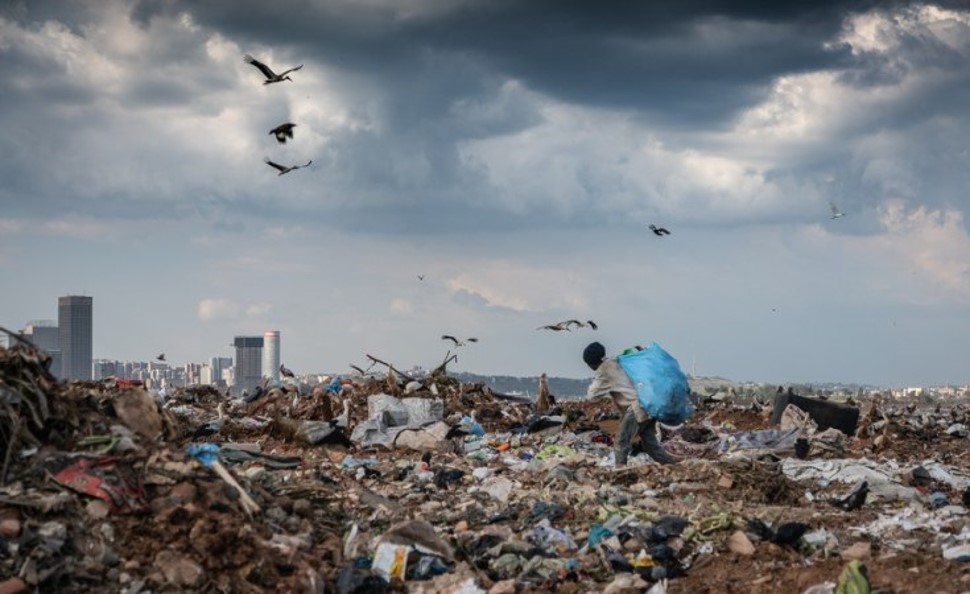
“Who are you wearing?” is the catchphrase at most red-carpet events. But how often do we take the time to consider the clothing industry’s impact on sustainability and human rights? To answer that question, we need to ask: “Where does all that clothing go after you’re done using it?”
Shopping is one of our favorite guilty pleasures, but it comes with a lot of hidden problems, which can be summarized in the phrase “fast fashion”.
What is fast fashion? The environmental news and data platform, Earth.org, defines fast fashion as “cheaply produced and priced items that copy the latest catwalk styles and trends and get pushed through stores in order to maximize sales.”
Why is Fast Fashion so harmful to the environment?
The result of more and more clothes being manufactured every year, and worn for shorter and shorter periods, is that the industry accounts for more than 1.2 billion tonnes of greenhouse gas emissions annually. “That’s one-tenth of all emissions – more than all international flights and maritime shipping combined,” says the Future Investment Initiative Institute, which is head-quartered in Riyadh, Saudi Arabia.
Not only does fashion culture’s obsession with updating your wardrobe for the newest look generate a tremendous amount of pollution; as well as the environmental cost, there’s a human cost.
Behind that hot fashion statement is often an overworked person living in extreme poverty and working in appalling conditions that can be classified as modern slavery. Factory workers are subjected to grueling work, long hours, and unsafe working conditions, as well as being the lowest-paid workers in fast fashion companies. Child labour, forced labour, and sexual harassment are prominent in this industry, recorded in a 2018 report by the rights group, Human Rights Watch.
To explore the consequences of fast fashion for the African continent, AllAfrica spoke to two activists in the field who are among African creatives finding ways to address the shortcomings of the industry: Stella Hertantyo is a South African sustainability activist and writer, and Hadeel Osman is a Sudanese sustainable fashion researcher and advocate.
Stella Hertantyo told us that she became interested in sustainability through fashion and style. When she was younger she always bought second-hand and fast fashion without thinking anything of it.”I didn’t consider that it would be a part of a bigger movement or conversation around sustainable fashion. But then in 2018, I went to a clothing swap in Cape Town. That event changed the way I looked at a lot of things… From there, I ended up starting a blog… to look at what sustainable fashion meant in a South African context.”
Published on: All Africa
Publication date: 14/01/23
For more: https://allafrica.com/stories/202301140121.html

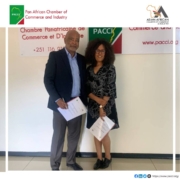
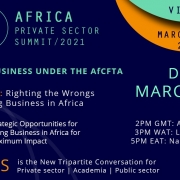

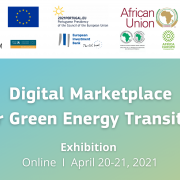
 African News Room
African News Room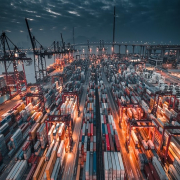
 ECA
ECA